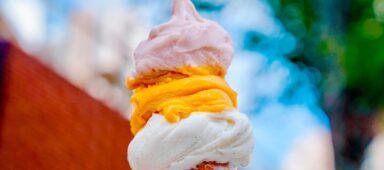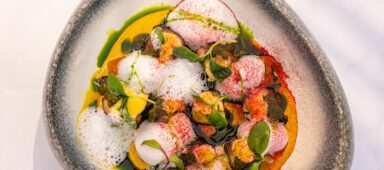Discover New Zealand’s unique indigenous culture
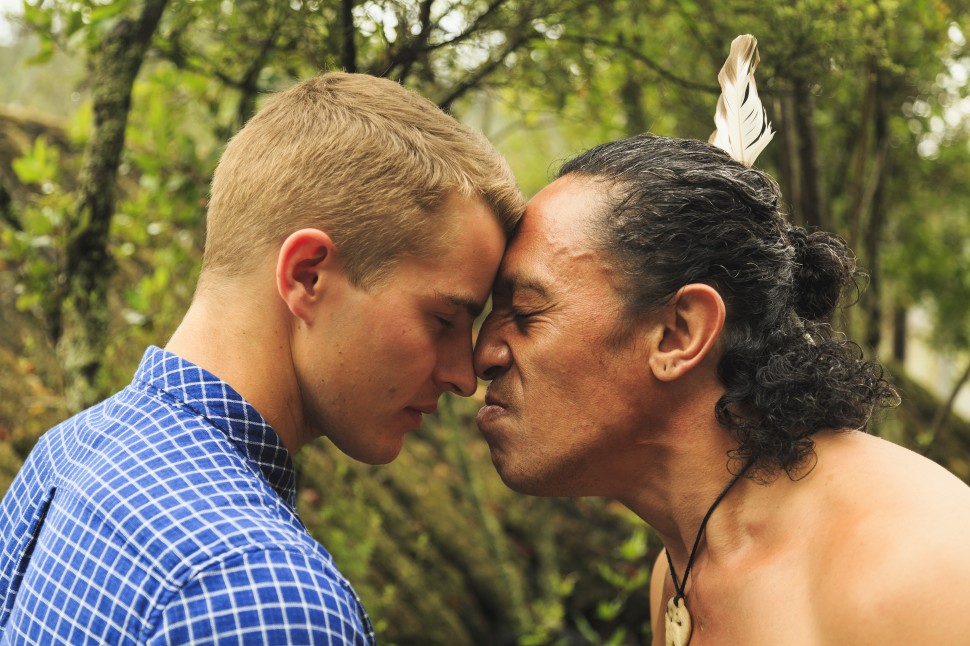
When it comes to New Zealand, some Malaysians might be quick to think of the Lord of the Rings, sheep and adrenaline activities. However when in New Zealand, one will be quick to learn about – the Māori, the indigenous people of Aotearoa New Zealand, and their strong culture. New Zealand’s Māori culture is an integral part of Kiwi life, and adds a unique, dynamic experience for visitors.
The most prevalent and well-known display of Māori culture is the haka, a traditional war cry popularised by the All Blacks who use it as a pre-game challenge before a rugby match. Known as a fierce display of a tribe’s pride, strength and unity means that witnessing one is nothing short of a chilling and awe-inspiring experience.
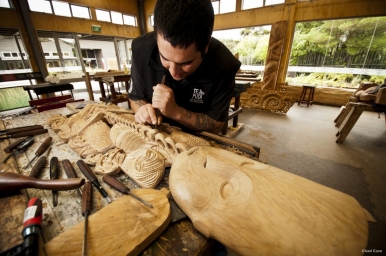
In celebration of the 60th anniversary of New Zealand and Malaysia’s bilateral relations and the Discover Aotearoa New Zealand Festival in Kuala Lumpur where one can experience Maori culture first-hand, here is a quick guide to the Maori way of life and what Malaysian travellers can expect to discover in New Zealand.
Music, dance and the arts
Music and dance are a vital part of Māori culture. For centuries, Māori culture has been passed on from generation to generation through waiata (song), dance and kapa haka (traditional performance) as well as through carvings, weaving, story-telling and reciting genealogies (whakapapa).
The strength and beauty of Māori art is evident in the architectural carvings of whare whakairo (carved meeting house) and in the other taonga (treasures) that are carved from wood, bone and pounamu (greenstone / jade).
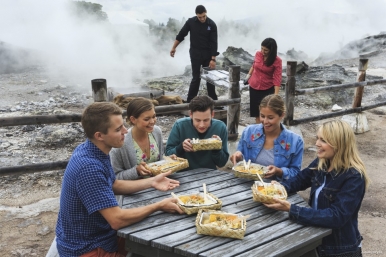
Carving and weaving skills arose from the practical requirements of the traditional Māori lifestyle. There was no written language for Māori, so histories and whakapapa were told through the whakairo on the marae. The carvings at the front of the whare whakairo (carved meeting house) for example, told the history of the marae and the marae ancestor was the figure at the apex.
Be welcomed with a pōwhiri
Also unique to the culture is the pōwhiri, their formal welcome and display of Māori hospitality (manaakitanga). A pōwhiri usually begins outside the marae, or Māori meeting grounds, with a wero (challenge). A warrior from the tangata whenua (hosts) will challenge the manuhiri (guests), checking to see whether they are friend or foe. He may carry a taiaha (spear-like weapon), and will lay down a rautapu (token) – often a small branch – for the visitors to pick up to show they come in peace.
A karanga (call) is then performed, followed by speeches and songs. To cap off formal proceedings, visitors and hosts greet each other with a hongi – the ceremonial touching of noses, followed by the sharing of kai (food) between the parties.
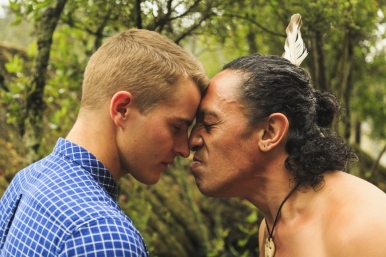
A traditional Māori feast
Traditionally, the Māori people cooked in a pit under the ground in ovens called ‘Hāngī’. Hāngī food was traditionally wrapped in flax leaves, but a modern Hāngī is more likely to substitute foliage with cloth sacks, aluminium foil and wire baskets. Māori were aware that the earth was the giver of all life, from the soil came food and that same food was cooked beneath the earth.
The baskets are placed on hot stones at the bottom of the hole. The food is covered with wet cloth and a mound of earth that traps the heat from the stones around the food. The Hāngī food is left in the ground for about three to four hours, depending on the quantity being cooked.
In traditional Hāngī, fish, chicken and root vegetables are used, but nowadays, pork, mutton or lamb, potato, pumpkin, cabbage and stuffing are also included. The result of this long process is tender, off-the-bone meat and delicious vegetables, all infused with a smoky, earthy fragrance.

Inking heritage on skin
Tā moko – the art of Māori tattoo – is a unique expression of cultural heritage and identity. It reflects the individual’s whakapapa (ancestry) and personal history. In earlier times, it was an important signifier of social rank, knowledge, skill and eligibility to marry. Traditionally men received moko on their faces, buttocks and thighs. Women usually wore moko on their lips and chins. Moko was sometimes applied to other parts of the body, including the forehead, neck, back, stomach and calves.
Today, moko is experiencing resurgence, both in traditional and modern forms. Where Māori designs are used for aesthetic reasons, without the traditional significance, this is referred to as kirituhi or skin art.
Experience Māori traditions in action
The best place to immerse yourself in Māori culture is on a marae. Across New Zealand including in Northland, Auckland, Rotorua and Canterbury, organised tours provide a traditional Māori welcome onto a marae, where you’ll hear Māori speeches and singing, see carved meeting houses, meet the local people (you’ll greet them with the traditional pressing of noses) and enjoy a hāngi feast cooked in earth ovens.
Not to be missed is Te Puia, the Māori Arts & Crafts Institute in Rotorua, where visitors have an opportunity to see Māori cultural performances, live kiwi, boiling mud pools, native bush and the National Schools of Wood Carving and Weaving.
Also in Rotorua, visit the Whakarewarewa Living Thermal Village, an authentic, living Māori village set amidst steaming vents and bubbling hot pools, where visitors get to experience the customs, traditions and way of life of Māori people in a natural environment.
For a truly historical experience, visit the Waitangi Treaty Grounds in Bay of Islands. It is New Zealand’s most important historic site where inNew Zealand’s founding document was signed in 1840: the Treaty of Waitangi. The Treaty Grounds features Te Kōngahu Museum of Waitangi, the Treaty House, the carved Meeting House and the world’s largest ceremonial war canoe.
New Zealand is bringing a slice of the unique Māori culture to Malaysia this October at the Discover Aotearoa New Zealand exhibition. Held from 25-29 October 2017 at the Pavilion Kuala Lumpur shopping mall, the exhibition will also feature more information and key tourism experiences that Malaysians can enjoy when travelling to New Zealand. For further details, visit the New Zealand High Commission’s Facebook page.



